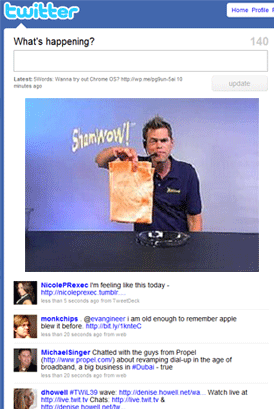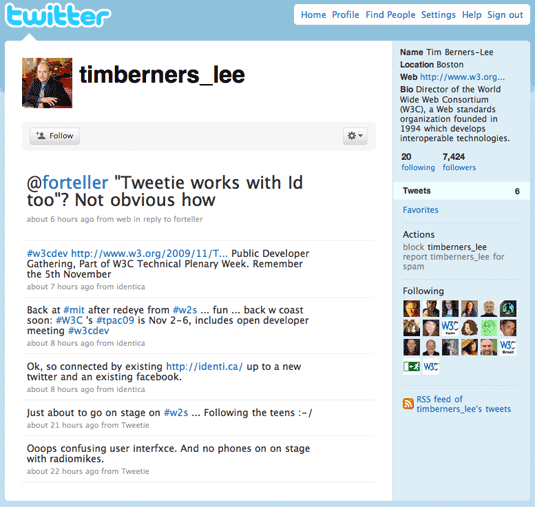 I consider this very good news: Yahoo and Facebook have announced plans to integrate Facebook Connect into Yahoo during the first half of next year.
I consider this very good news: Yahoo and Facebook have announced plans to integrate Facebook Connect into Yahoo during the first half of next year.
Yahoo’s blog post about the news doesn’t provide a whole lot of detail, but it says that you’ll be able to (A) share Yahoo features such as photos, article comments, ratings, and more via your Facebook activity stream; (B) benefit from “richer experiences” on services such as Yahoo Mail, Yahoo News, Yahoo Answers, and Yahoo Sports; and (C) update your status message on Facebook or on various Yahoo services. I’m assuming/hoping that you’ll also be able to log into any Yahoo service with your Facebook credentials, although the post doesn’t explicitly say so.
It’s a pleasant surprise to see a Web player as big as Yahoo turn on Facebook Connect. Even if the decision stems in part from Yahoo’s somewhat fragile condition and resulting willingness to behave in ways that a super-ambitious, Web-dominating monolith would not. (What do you think the chances are that Google will turn on Facebook Connect anytime soon?)
The more time I spend online, the more I realize that I don’t want multiple, fractured collections of friends, family, and acquaintances stored at various destinations around the Web. I want one well-organized, close-to-comprehensive database of people I care about. For a lot of us, that data lives on Facebook. The more places we can get to it, the better. And a Facebook-enabled Yahoo gives me a pretty tantalizing reason to consider using Yahoo services instead of comparable ones from Google, Microsoft, and other Yahoo rivals.

 ‘m at TechCrunch’s Real-Time CrunchUp, an interesting conference in San Francisco on the booming subject of Web sites and services that move just as fast as the rest of the world does–Twitter, some aspects of Facebook, and lots more. The first session this morning was a conversation between TechCrunch’s Mike Arrington and Twitter’s COO, Dick Costolo. And Costolo said that
‘m at TechCrunch’s Real-Time CrunchUp, an interesting conference in San Francisco on the booming subject of Web sites and services that move just as fast as the rest of the world does–Twitter, some aspects of Facebook, and lots more. The first session this morning was a conversation between TechCrunch’s Mike Arrington and Twitter’s COO, Dick Costolo. And Costolo said that 
 Six Apart’s
Six Apart’s 
 At Microsoft’s Professional Developer Conference in Los Angeles this morning,
At Microsoft’s Professional Developer Conference in Los Angeles this morning,  For a market-leading company, Facebook’s moves are sometimes so half-baked that it’s practically mindnumbing. The latest example of this is the site’s new home page. For whatever reason, Facebook has tweaked the news feed to become more of a “top stories” format then a chronological timeline of your friends’ activities.
For a market-leading company, Facebook’s moves are sometimes so half-baked that it’s practically mindnumbing. The latest example of this is the site’s new home page. For whatever reason, Facebook has tweaked the news feed to become more of a “top stories” format then a chronological timeline of your friends’ activities.
